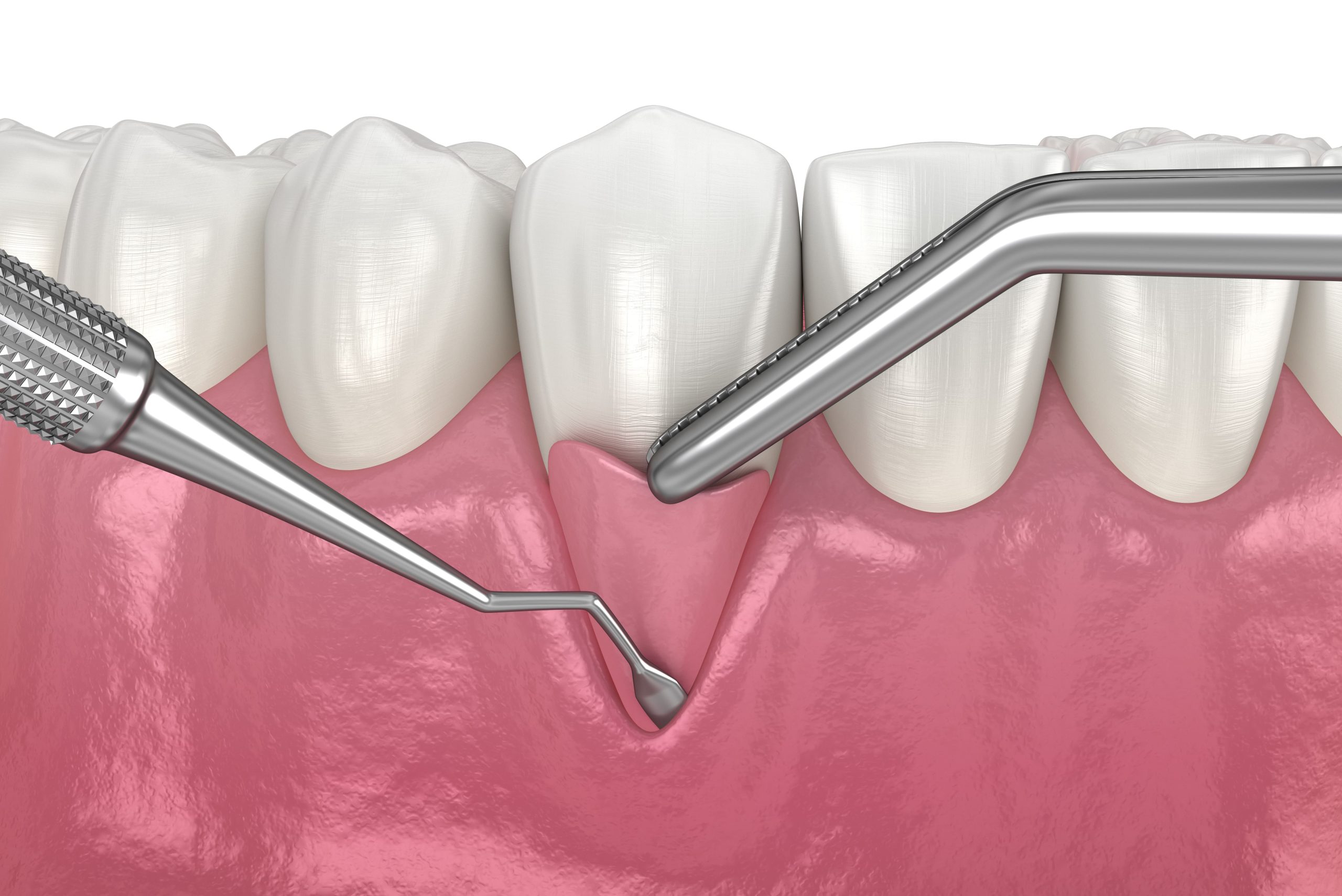

Gum recession can cause significant oral health issues, including tooth sensitivity and compromised appearance. Gingival grafting is a common procedure that can treat receding gums, and there are two sources for gum tissue grafts: the patient's own palate and tissue from other donors. In this article, we'll compare autografts and allografts to help you make an informed decision about which is right for you.
An autograft is gum tissue taken from the patient's own palate. This tissue is a perfect match for the patient's existing gum tissue, and it eliminates the risk of disease transmission and rejection that can occur with allografts (this is very rare). However, harvesting tissue from the palate can be a painful and uncomfortable process, and the limited amount of tissue that can be harvested can make this option impractical for larger areas of recession. When successful, the appearance appears very natural.
An allograft is gum tissue taken from a donor other than the patient. This option is less painful and invasive than an autograft, and the recovery time is often faster since there is no need for a second surgical site. However, there is a very small risk of disease transmission, although this risk is very low when proper screening and processing protocols are followed. Additionally, the tissue may not be a perfect match for the patient's existing gum tissue, which can lead to a less natural appearance.
The decision to use an autograft or allograft will depend on several factors, including the size and location of the affected area, the patient's medical history, and their personal preferences. As a dental professional, it's important to discuss the pros and cons of each option with your patients so that they can make an informed decision (please see our other article on gum recession).
When you choose to work with us for your gum grafting procedure, we'll take the time to understand your unique situation and recommend the best course of action. We have years of experience with both autografts and allografts, and we'll work with you to ensure a successful outcome.
Complete the form below and we will contact you within 24 hours.

Gum grafting is a dental procedure that involves taking healthy gum tissue and grafting it onto the affected area of the gum that has receded, to improve oral health and appearance.
An autograft is gum tissue taken from the patient's own palate, which eliminates the risk of disease transmission and rejection that can occur with allografts.
An allograft is gum tissue taken from a donor other than the patient, which is less painful and invasive than an autograft, but there is a small risk of disease transmission.
An allograft is less painful than an autograft, as it does not require harvesting tissue from the patient's own body.
The risk of disease transmission is very low when proper screening and processing protocols are followed. The tissue may not be a perfect match for the patient's existing gum tissue, which can lead to a less natural appearance.
The decision to use an autograft or allograft will depend on several factors, including the size and location of the affected area, the patient's medical history, and their personal preferences. A qualified dental professional can help you make an informed decision.